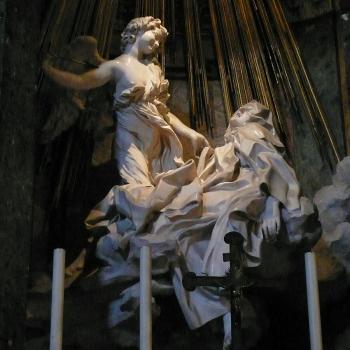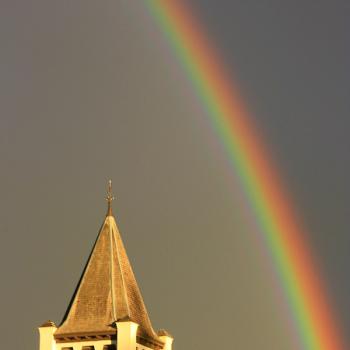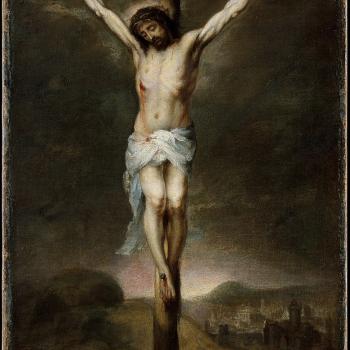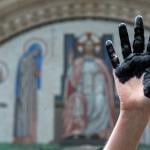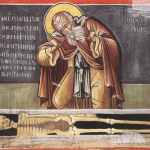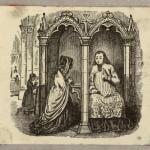writing about the penitential peace movements of medieval Italy, and their lessons for the contemporary US:
…Throughout the thirteenth through fifteenth centuries peace movements arose in Italy’s blood-rich soil: As a Florentine official described one such movement, “They seek peace, they pray for peace, they repeat peace, and all in one voice they call for peace, they clamor for peace.” The peace preachers were not only priests but also brothers from the new mendicant orders, the Franciscans and the Dominicans, unaffiliated laymen, and even women like St. Margaret of Cortona and St. Catherine of Siena. Many had chosen poverty as part of a life of penance, prayer, and almsgiving. The peace movements mediated between the armed camps loyal to imperial or papal forces; they prompted repentance in murderers and robbers; they settled personal feuds.
And they whipped themselves. Flagellant processions featured in many of these peace movements, including the Battuti, Bianchi, and Colombini (“little doves”). Barefoot marchers from all classes would parade in self-imposed public humiliation, the knotted cords lashing their shoulders like an especially literal interpretation of Matthew 11:12. This penitential violence was not just a sordid, gothic curlicue on the edge of the peace movements’ real work. It holds lessons for our own time, especially for those who seek to make peace outside the judicial violence of the criminal justice system.
more (subscribers-only for now)



